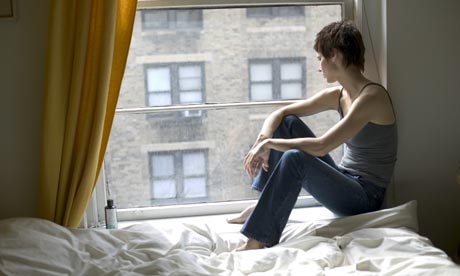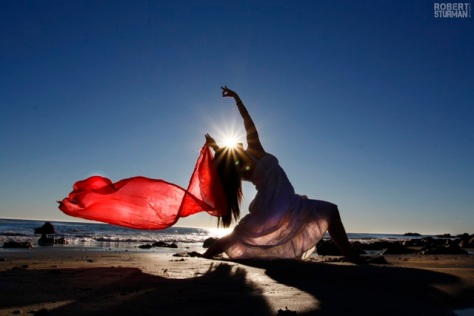Traditional meditation cross legged sitting postures. The most done and most traditional used all over the world is: Sukhasana. The next is Siddhasana. And only rarely, Padmasana.
Sukansana – sitting “easy cross legged” pose.
This is “easy” because it is simply sitting cross legged.
Siddhasana – sitting with toes tucked into thighs or set the feet side by side keeping the knees wide.
Siddhasana is a little more difficult than Sukasana and is a cross legged pose where you tuck your feet into your thighs (between thighs and calves specifically), or lay your feet side by side (on the floor in front of you) keeping the knees wide: a wide kneed pose. Which means that it can only be done when the hips are more open, and it can help open the hips even more than simply sitting cross legged.
Padmasana – sitting with feet on top of thighs tucked close to hips
Padmasana or lotus pose is the most difficult of the seated “meditation” poses. It is done by tucking the feet up on top of the thighs and close to the hips: a closed knee pose. Which means that the knees are closer together and can be done when the hips are much more open than the other two. It is not easy to get into and takes a great deal of practice to make sure the knees are protected.
These are important distinctions. All three are available to use – but please practice especially the last two, with a GOOD teacher – one who knows the difference between the three poses.
Once you practice all three poses, the differences and the benefits of each will become clear.
Please keep yoga asana names and terms correct.
Peace!

